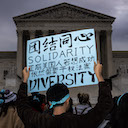
A New Path to Diversity
The Supreme Court is poised to overturn race-based affirmative action. But preferences based on socioeconomic disadvantage—which are both politically popular and legally sound—could produce similarly high levels of diversity.
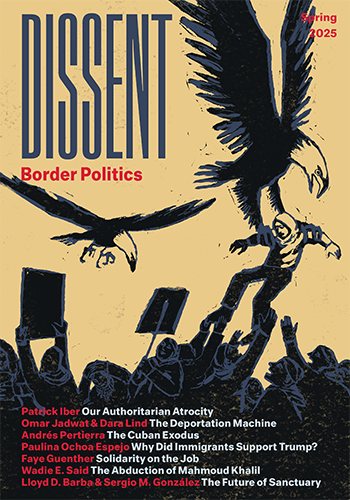

The Supreme Court is poised to overturn race-based affirmative action. But preferences based on socioeconomic disadvantage—which are both politically popular and legally sound—could produce similarly high levels of diversity.
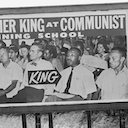
In recent books, Adolph L. Reed Jr. and Imani Perry offer divergent explanations of Southern inequality.

A new collection of Stuart Hall’s writing offers a guide to the limits of representation in building anti-racist politics.

Rebecca Hall’s adaptation of Nella Larsen’s 1929 novel continues the author’s exploration of the suffocating strictures of the color line.

Huey Newton’s shifting political analysis illuminates both the limits and the ongoing relevance of the radicalism of the Black Panther era.
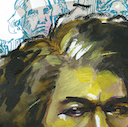
If colorblindness rests on the claim that the civil rights movement changed everything, the idea that racism is in our DNA borders on a fatalistic proposition that it changed little or nothing.

Racism in the United States is not mainly about individual bias but about divisions forged long ago by the super-exploitation and political dispossession of racialized groups.

Historians have amply demonstrated how central racism has been to the formation and reformation of the United States. But many of those same ideas and institutions have also been vital to combating white supremacy.

Family abolitionism puts children’s freedom at the heart of society.

The murderous hysteria over white patrimony is inseparable from the private capture of both economic opportunity and political authority.

The child welfare system is a powerful state policing apparatus that functions to regulate poor and working-class families.

The clash over whether the Trump era represented the rebirth of fascism represents a disagreement about the role of language and history in shaping contemporary political agendas.

Even as their budgets have climbed upward, police departments have deprived sexual assault units of proportional funding for decades. Today, advocates in Texas are trying to transform the state’s approach to sexual violence.

Only public investment will deliver a media that can serve the news needs of our time.
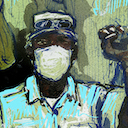
The rich and powerful use racism to protect their interests and scapegoat communities of color. But there is an effective way to talk about both race and class when organizing for multiracial democracy.